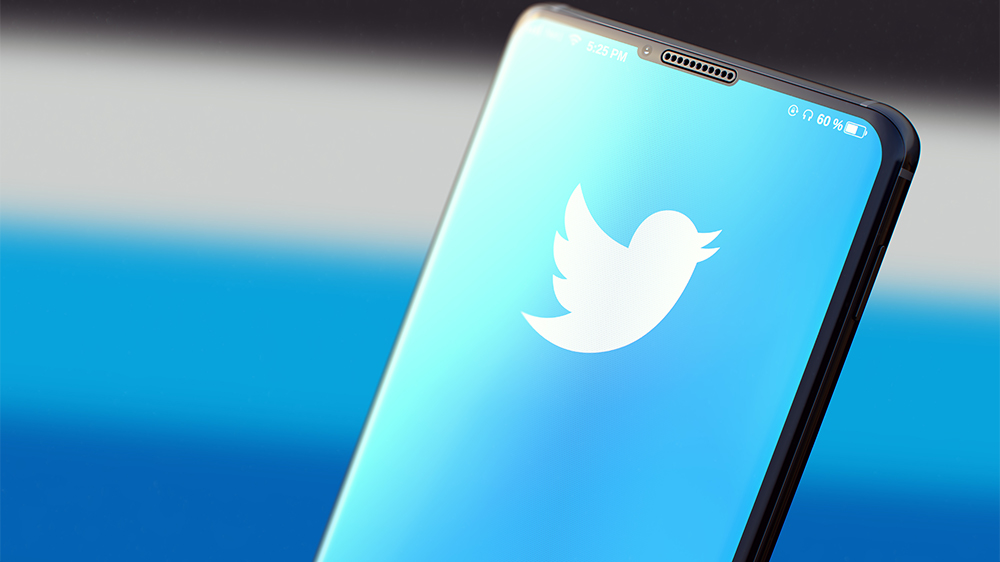For stations, changes at Twitter raise questions about platform’s value

Tashatuvango / Shutterstock
Some public media stations and journalists are reconsidering their use of Twitter amid changes implemented by new CEO Elon Musk, including shake-ups in how the social media platform moderates content and verifies users.
The launch of Twitter Blue, a premium subscription service with perks that include a blue check mark, has called into question how media organizations can now establish trust on the platform. Journalists are also asking how they can verify the identities of their sources under the new system. And station social media staffers also express concern about Musk’s reduction of Twitter staffers who policed content on the site.
The tumult is prompting stations to examine whether other social media platforms can offer better avenues to engage audiences. “This is a really great opportunity for anybody, whether in public media or otherwise, who handles social media to reevaluate what Twitter means to their full strategy on social,” said Zack Waldman, social media strategist at GBH in Boston.
Before Musk took over Twitter in October, the platform verified with a blue check mark only active and authentic accounts of “public interest.” Under Twitter Blue, users can pay $7.99 a month for features including custom navigation. They can get a blue check mark after Twitter confirms their account is active, older than 90 days, and complete with a display name and profile picture.
Twitter announced Monday that it would begin giving gold check marks to official business accounts. PBS and NPR, for example, now have gold check marks on their profiles.
Following these changes, Beth Golay, director of marketing and digital content at KMUW in Wichita, Kan., said she is concerned that Twitter will not vet accounts properly. She said that the station is advising its journalists to verify Twitter sources before contacting them for information.
“Nothing really has changed, other than that we are reminding reporters that we would never just run with a story based on a tweet,” Golay said. “We always both contact that source and confirm.”
KMUW never had its Twitter account verified. The process was difficult, even when NPR tried to connect the station with people at Twitter to help with verification, Golay said. But KMUW will not pay for Twitter Blue.
Meanwhile, Gabe Rosenberg, audience editor for KCUR in Kansas City, Mo., said he feels uncomfortable “now that Twitter is allowing back on white supremacists and antisemites.” The Anti-Defamation League has reported a 61% increase in antisemitic tweets since Musk took over.
Rosenberg said he understands why KCUR reporters would be concerned about staying on Twitter, and he has told them they don’t have to. But he said he is advising against deleting Twitter accounts entirely.
To delete or not to delete
Likewise, the social media team at GBH in Boston cautioned employees about deleting accounts. “People or bots could take your handle and it will be very difficult to recover it,” they wrote in an internal memo shared by Tory Starr, senior director of digital content, on LinkedIn.
The staffers also suggested that users moderate their mentions and replies for content that violates community guidelines and that reporters triple-check information from tweets.
The memo was intended to offer recommendations, not requirements, for GBH staff and other stations, GBH’s Waldman said. While the suggestions are not intended to be “one size fits all,” Waldman said he hopes other stations are having similar conversations about using Twitter.
GBH’s team also recommends keeping an “ear to the ground” to understand how audiences are changing their Twitter habits and whether they are going to other platforms.
“If the majority of the audience that you typically reach with your Twitter account is still there, then you are missing out if you just go dark and leave the platform entirely,” Waldman said.
For GBH, however, engagement on Twitter has been falling off, Waldman said. Other platforms such as TikTok and YouTube have offered stronger audience growth and engagement rates for the station. Rather than trying to build a new audience on platforms such as Mastodon or Post, Waldman recommends that stations divert resources to their existing social media accounts.
KCUR is focusing more on Instagram and Reddit, Rosenberg said. The Instagram doesn’t drive significant traffic to the station’s website, he said, but both platforms provide a chance to reach different audiences and build awareness about KCUR.
“It gets the information out to, usually, younger and more diverse audiences who wouldn’t necessarily find it on our website,” Rosenberg said.
KOSU in Stillwater, Okla., has not yet changed its social media strategy, said Ryan LaCroix, director of content and audience development. LaCroix said the station gets more engagement on Facebook, Instagram and TikTok than on Twitter.
While he monitors the changes to Twitter, LaCroix said he will stay active on other platforms to reach audiences in different ways.
“We don’t know what tomorrow will bring,” LaCroix said. “But until then, we are staying steadfast and still trying to bring people the news, because people still need the news.”
Correction: An earlier version of this article gave an incorrect title for GBH’s Zack Waldman. He is social media strategist, not digital social producer.





